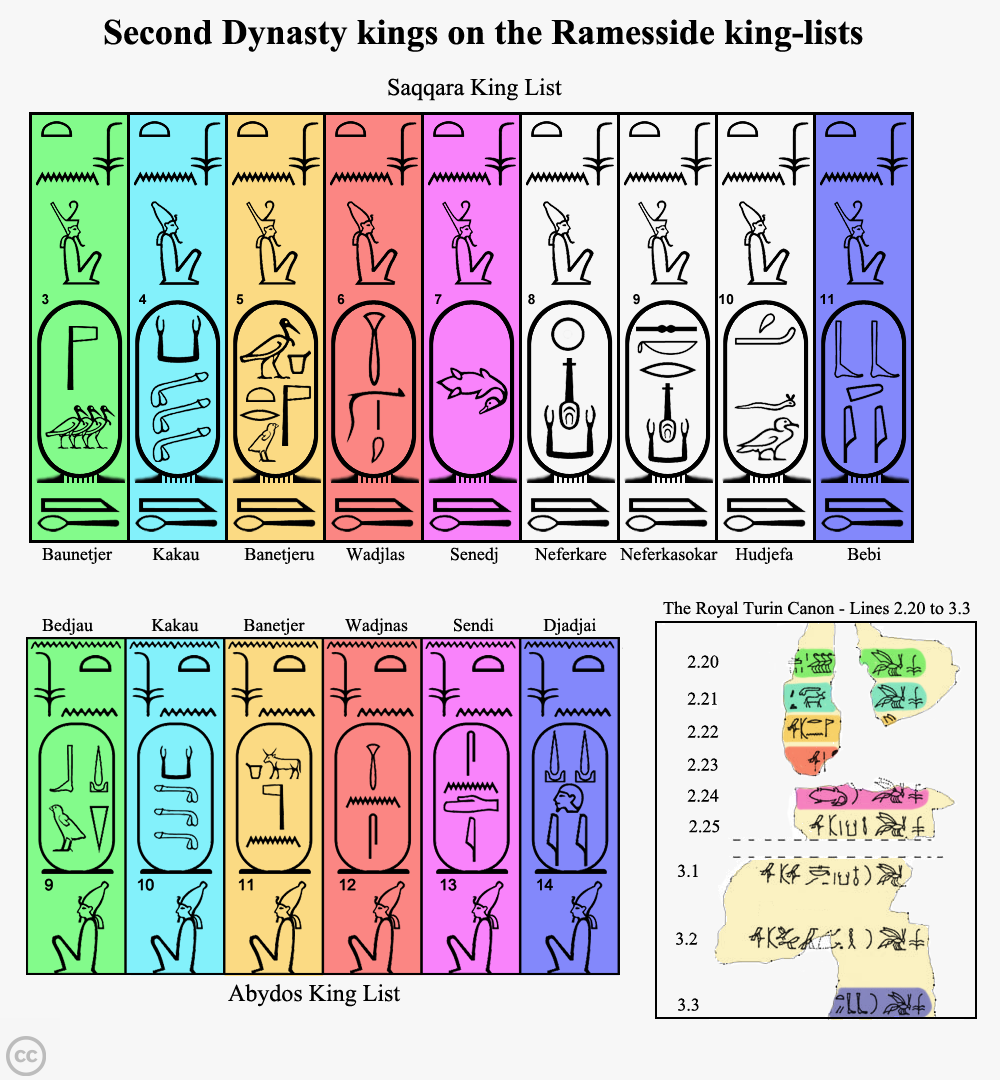|
Nisuheqet
Nisuheqet was an ancient Egyptian ''king's son'' of the Second Dynasty The Second Dynasty of ancient Egypt (or Dynasty II, c. 2890 – c. 2686 BC) is the latter of the two dynasties of the Egyptian Archaic Period, when the seat of government was centred at Thinis. It is most known for its last ruler, K .... Nisuheqet is only known from his stela found in tomb 964.H.8 at Helwan. The only title he bears on this monument is ''king's son''. The stela is made of limestone and shows the prince on the left, sitting on a chair with an offering table and offerings in front of him. The stela was discovered in excavations by Zaki Saad at Helwan, that were conducted between 1952 and 1954. The royal father of this ''king's son'' remains unknown.E. Christiana Köhler, Jana Jones: ''Helwan II, The Early Dynastic and Old Kingdom Funerary Relief Slabs'', Studien zur Archäologie und Geschichte Altägyptens, Band 25, Rahden 2009, , p. 168-169 References {{Second Dynasty of Anci ... [...More Info...] [...Related Items...] OR: [Wikipedia] [Google] [Baidu] |
Heqet
Heqet (Egyptian ', also ' "Heqtit"), sometimes spelled Heket, is an Egyptian goddess of fertility, identified with Hathor, represented in the form of a frog. To the Egyptians, the frog was an ancient symbol of fertility, related to the annual flooding of the Nile. Heqet was originally the female counterpart of Khnum, or the wife of Khnum by whom she became the mother of Her-ur."The frog appears to have been worshipped in primitive times as the symbol of generation, birth and fertility in general; the Frog-goddess Ḥeqet or Ḥeqtit was identified with Hathor, and was originally the female counterpart of Khnum, by whom she became the mother of Heru-ur. The great antiquity of the cult of the frog is proved by the fact that each of the four primeval gods, Ḥeḥ, Kek, Nāu, and Amen is depicted with the head of a frog, while his female counterpart has the head of a serpent. The cult of the frog is one of the oldest in Egypt, and the Frog-god and the Frog-goddess were believed ... [...More Info...] [...Related Items...] OR: [Wikipedia] [Google] [Baidu] |
Helwan (cemetery)
At Helwan south of modern Cairo was excavated a large ancient Egyptian cemetery with more than 10.000 burials. The cemetery was in use from the Naqada Period around 3200 BC to the Fourth Dynasty and again at the beginning of the Middle Kingdom and then up to the Roman Period and beyond. The burial ground was discovered and excavated by Zaki Saad in 1942 to 1954. Further excavations started in 1997 by an Australian expedition. The excavations of Zaki Saad were never fully published, only several preliminary reports appeared. Helwan was most likely the cemetery of Memphis in the first Dynasties. The tombs range from small pits to bigger elaborated mastabas. Regarding the underground parts of these tombs, two types are attested. There are on one side pits with the burial at the bottom and there are on the other side underground chambers, reached via a pit or via a staircase. The majority of burials are for one deceased. There are some examples of multiple burials. The deceased we ... [...More Info...] [...Related Items...] OR: [Wikipedia] [Google] [Baidu] |
Second Dynasty
The Second Dynasty of ancient Egypt (or Dynasty II, c. 2890 – c. 2686 BC) is the latter of the two dynasties of the Egyptian Archaic Period, when the seat of government was centred at Thinis. It is most known for its last ruler, Khasekhemwy, but is otherwise one of the most obscure periods in Egyptian history. Though archaeological evidence of the time is very scant, contrasting data from the First and Third Dynasties indicates important institutional and economic developments during the Second Dynasty. Rulers For the first three pharaohs, sources are fairly close in agreement and the order is supported by an inscription on the statuette of Hetepdief, who served in the mortuary cults of these three kings. But the identity of the next few rulers is unclear. Surviving sources might be giving the Horus name or the Nebty name and the birth names of these rulers. They may also be entirely different individuals, or could be legendary names. This might never be resolve ... [...More Info...] [...Related Items...] OR: [Wikipedia] [Google] [Baidu] |
Ancient Egyptian Princes
Ancient history is a time period from the beginning of writing and recorded human history to as far as late antiquity. The span of recorded history is roughly 5,000 years, beginning with the Sumerian cuneiform script. Ancient history covers all continents inhabited by humans in the period 3000 BCAD 500. The three-age system periodizes ancient history into the Stone Age, the Bronze Age, and the Iron Age, with recorded history generally considered to begin with the Bronze Age. The start and end of the three ages varies between world regions. In many regions the Bronze Age is generally considered to begin a few centuries prior to 3000 BC, while the end of the Iron Age varies from the early first millennium BC in some regions to the late first millennium AD in others. During the time period of ancient history, the world population was already exponentially increasing due to the Neolithic Revolution, which was in full progress. While in 10,000 BC, the world population stood ... [...More Info...] [...Related Items...] OR: [Wikipedia] [Google] [Baidu] |

